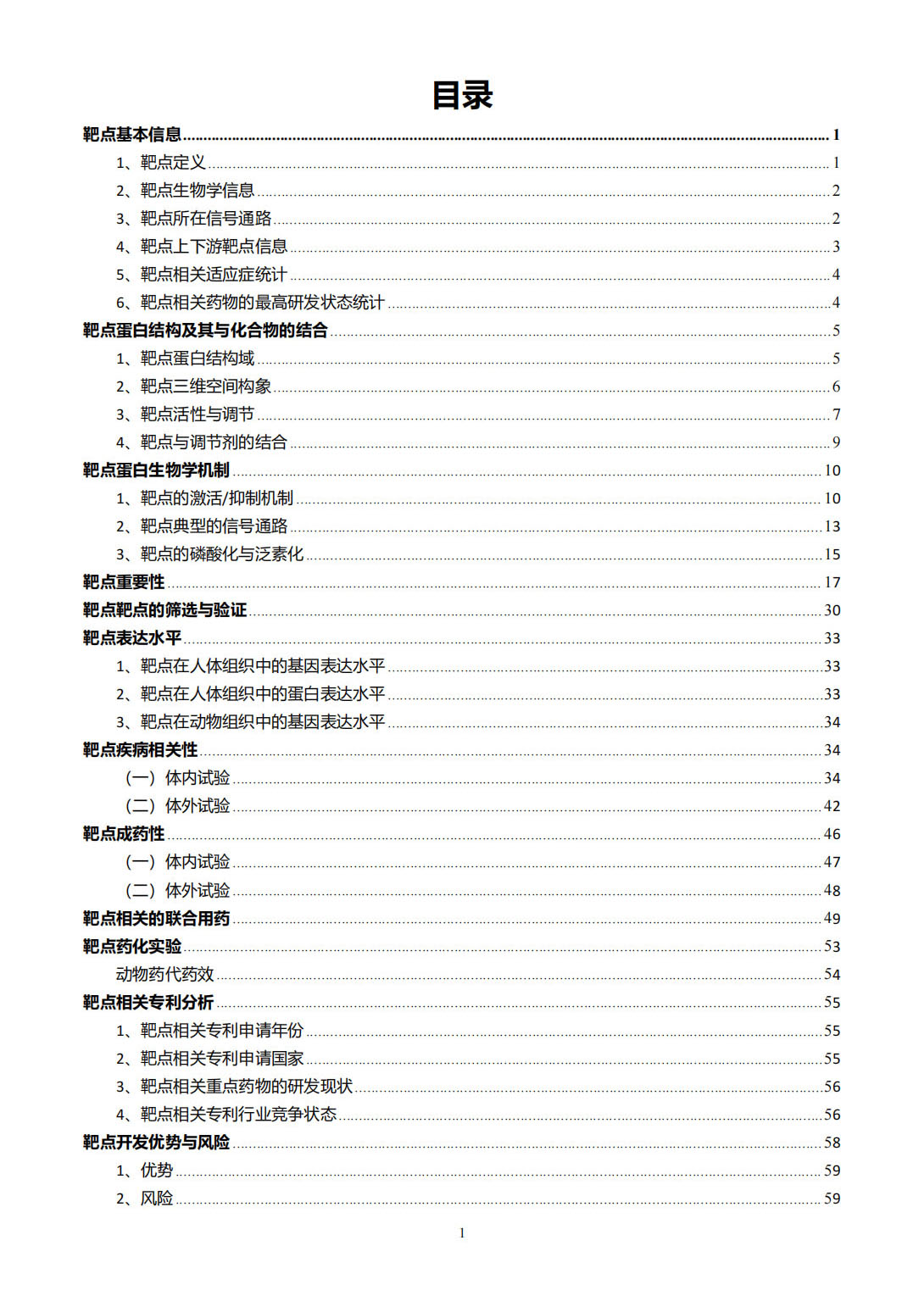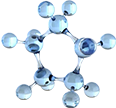FN1 Target Analysis Report Summary


About the Target
Fibronectin (FN1) plays a crucial role in various cellular processes in breast cancer cells and has implications in tumor progression and metastasis. In the absence of FN, endocytic vesicles containing ERalpha and beta1-integrin follow the lysosomal pathway, leading to degradation of these proteins [1]. However, in the presence of FN, ERalpha and beta1-integrin are localized in recycling vesicles, suggesting that they can be recycled and maintained over time, keeping ERalpha transcriptionally active [1]. Loss of FN expression and hypoxia-induced FN reexpression contribute to tumor suppressive and metastatic-promoting roles of FN during tumor progression [2].
In tumor-associated macrophages (TAMs), differences between sexes result in heterogeneity in their functional and transcriptome profiles. Female-derived TAMs have higher immunogenicity and exhibit stronger anti-tumor ability, while male-derived TAMs are more immunosuppressed [3]. These differences may be attributed to variations in chromosomes and sex hormones. Male-derived TAMs show elevated expression of matrix remodeling genes such as SPP1 and FN1, while female-derived TAMs exhibit higher levels of complement-related gene C1QC [3].
The interaction between FN and integrin VLA-5(alpha5beta1) plays a role in promoting human bone marrow-derived mesenchymal stem cell (hBM MSC) migration on fibronectin [4]. The clustering of alpha5beta1 integrin upon engagement with fibronectin activates Src-family kinase, which phosphorylates ITIMs in associated PZR molecules. This promotes integrin-mediated signaling and maintenance of vinculin expression, facilitating hBM MSC migration [4].
MLL treatment in MCF-7 cells leads to anoikis, a programmed cell death caused by detachment from the extracellular matrix. Upregulation of MMP-9 by MLL treatment results in ECM degradation and reduced FN expression [5]. The decreased FN level impairs its interaction with integrin receptors, inhibits integrin-FAK interaction, and phosphorylation of FAK. Consequently, there is reduced expression of PI3K and phosphorylation of Akt, which promotes the expression of proapoptotic proteins (Bax and caspase 9) leading to anoikis [5]. Additionally, inactivation of Ras protein and phosphorylation of P38MAPK also contribute to the anoikis process [5].
These findings highlight the multifaceted roles of FN1 in breast cancer progression, TAM heterogeneity, cell migration, and cell survival. Further research is required to fully elucidate the underlying molecular mechanisms and to explore FN-targeting therapeutic strategies.
Based on the context information, fibronectin (FN1) plays a significant role in various cellular processes. In renal proximal tubule cells, high glucose conditions lead to fibrosis by increasing the production of reactive oxygen species (ROS) and activating the fibrosis-mediated signaling pathway [6]. However, melatonin has a protective effect by upregulating the expression of PrPC, which inhibits renal fibrosis and the alteration of the fibrotic phenotype [6]. In alveolar repair processes, fibronectin matrix is found to stimulate ATII wound healing by increasing the membrane expression of beta1-integrin, KCa3.1, and TRPC4 channels [7]. This suggests that fibronectin, along with these channels, has complementary roles in regulating alveolar epithelial repair processes [7].
Additionally, the LINC01013 gene has been shown to enhance cell invasion by promoting the snail-fibronectin cascade in ALCL cells [8]. The expression of LINC01013 positively correlates with invasive ability, snail, and fibronectin expression levels [8]. This suggests that LINC01013 promotes ALCL invasion by activating the snail-fibronectin cascade [8].
Overall, fibronectin (FN1) is implicated in various cellular processes, such as renal fibrosis, alveolar repair processes, and cancer cell invasion. Its interaction with other molecules and pathways highlights its importance in maintaining cellular homeostasis and regulating tissue repair and invasive behaviors. [6][7][8]
Figure [1]

Figure [2]

Figure [3]

Figure [4]

Figure [5]

Figure [6]

Figure [7]

Figure [8]

Note: If you are interested in the full version of this target analysis report, or if you'd like to learn how our AI-powered BDE-Chem can design therapeutic molecules to interact with the FN1 target at a cost 90% lower than traditional approaches, please feel free to contact us at BD@silexon.ai.
More Common Targets
ABCB1 | ABCG2 | ACE2 | AHR | AKT1 | ALK | AR | ATM | BAX | BCL2 | BCL2L1 | BECN1 | BRAF | BRCA1 | CAMP | CASP3 | CASP9 | CCL5 | CCND1 | CD274 | CD4 | CD8A | CDH1 | CDKN1A | CDKN2A | CREB1 | CXCL8 | CXCR4 | DNMT1 | EGF | EGFR | EP300 | ERBB2 | EREG | ESR1 | EZH2 | FN1 | FOXO3 | HDAC9 | HGF | HMGB1 | HSP90AA1 | HSPA4 | HSPA5 | IDO1 | IFNA1 | IGF1 | IGF1R | IL17A | IL6 | INS | JUN | KRAS | MAPK1 | MAPK14 | MAPK3 | MAPK8 | MAPT | MCL1 | MDM2 | MET | MMP9 | MTOR | MYC | NFE2L2 | NLRP3 | NOTCH1 | PARP1 | PCNA | PDCD1 | PLK1 | PRKAA1 | PRKAA2 | PTEN | PTGS2 | PTK2 | RELA | SIRT1 | SLTM | SMAD4 | SOD1 | SQSTM1 | SRC | STAT1 | STAT3 | STAT5A | TAK1 | TERT | TLR4 | TNF | TP53 | TXN | VEGFA | YAP1

